

The Cimarron Valley Railroad Museum of Cushing, Oklahoma was established by the Read family, --Robert F. Read, Wife Mazie Cox Read, and Son, Bob Read, Jr. in 1970 with the acquisition of the Santa Fe Depot from Yale, Oklahoma. This particular Depot was the site of E.H Read's first agency, 1933-1936, following long service at Cushing. The family felt it to be the place to house a large and growing collection of railroad memorabilia, so the station was moved to the home acreage 1 1/2 miles south of Cushing.
The grounds are bounded by a pine forest, planted in respect to Mazie because of her Kentucky hertiage of the pine clad hills of her native state.
In 1974, the museum won an institutional award from the Oklahoma Heritage Association for its preservation of Oklahoma's Rail heritage and history.
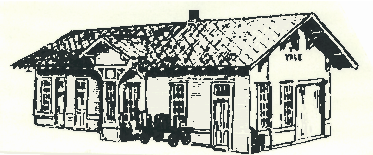
The Santa Fe Depot houses the bulk of the railroad artifacts, exhibiting a great variety of this rail memorbilia: i.e. A large collection of kerosene burning lanterns, uniform items, timetables, switch keys, locks, signal equipment, dining car china, silver settings, Fred harvey items, pictures, tapes, film, a very extensive railroad library, horns, whistles, bells, station signs, models, coach items, Pullman items, drinking glasses, badges, conductor caps from all major Oklahoma lines, Santa Fe dinner chimes, dining car chairs, linens, early day Santa Fe Transit, railroad advertising items, fire extinguishers, tools, furniture, stoves, fire cart, offical guides, and innumerable miscellaneous items of railroad heritage.
The depot itself was moved the museum grounds in 1970; it had closed on April 19, 1968 after many years of operation. However, this was not the original Yale Depot; the depot built by the Eastern Oklahoma Railway (the constuction company that built many of the Santa Fe's lines in central Oklahoma) was destroyed by fire in the 1910's.
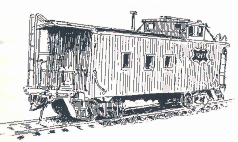
On track outside the museum stands a wooden caboose of generations past, acquired from Frontier City at Oklahoma City. It is maintained as though the car was still in operation, with the only exhibits being those that would be used in road service. Originally owned by the St. Louis-San Francisco ("Frisco"), the number it wore in operation has yet to be determined.
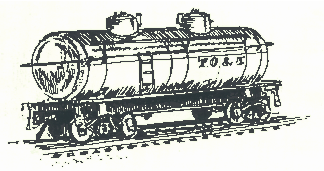
Adjacent to the caboose is an oil tank car, circa 1917, the type used during the oil boom in Cushing that climaxed during the World War I era. The tanker was a gift from the Weyerhauser Company, through its Texas, Oklahoma, & Eastern Railway subsidiary.
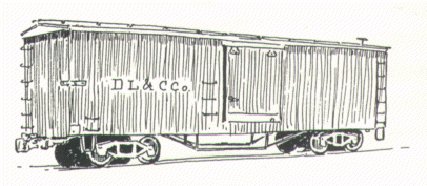
The very old box car lettered for Dierks Lumber and Coal Company dates back to arch bar truck days. Harlan Bell, late former engineer for the Oklahoma Corporation Comission stated it could be the oldest piece of rolling stock left in Oklahoma. It, like the tank car, was given by Weyerhauser and the Texas, Oklahoma, & Eastern Railway, both cars coming from Wright City, Oklahoma.
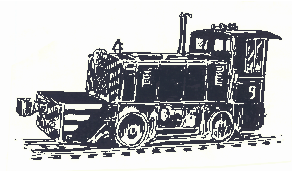
The outdoor "Two Holer" was built by the contractor to exact specifications to serve as a restoration to the 1930's, as well as a necessary convenience.
The "Mystery Coach" in the corner of the exhibit grounds is just that. It was acquired in Cushing, but its ancestry remains a mystery -- but some good and convincing theories as to its begining and purposes have been advanced.
You are welcome to share in this rail memorbilia sanctuary. There is no admission, but a donation box is present for those who care to assist.
There are no regular hours at the museum, therefore it is open only by chance or appointment.
The Read Family

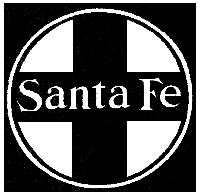
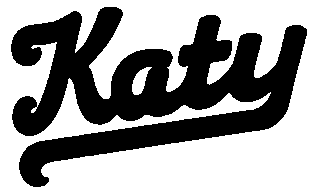

South Kings Highway
P.O. Box 844
Cushing, OK 74023
(918) 225-1657 or (918) 225-3936
 Back
Back